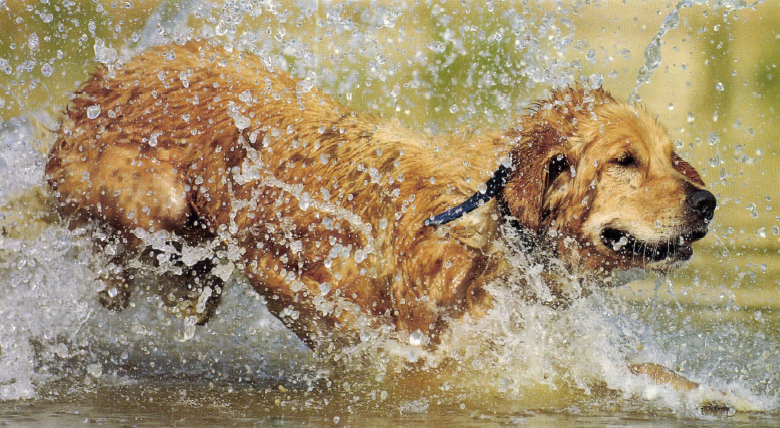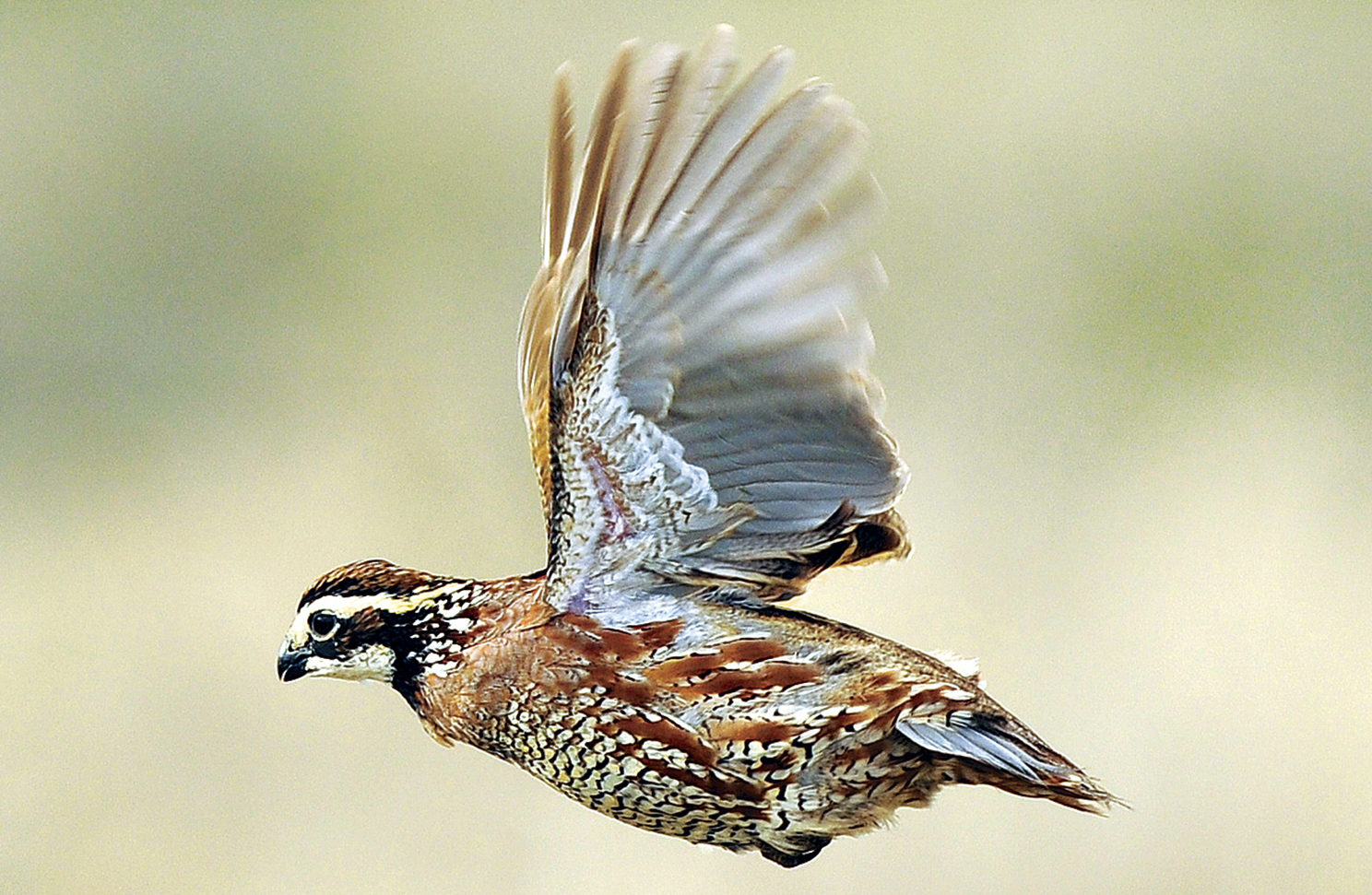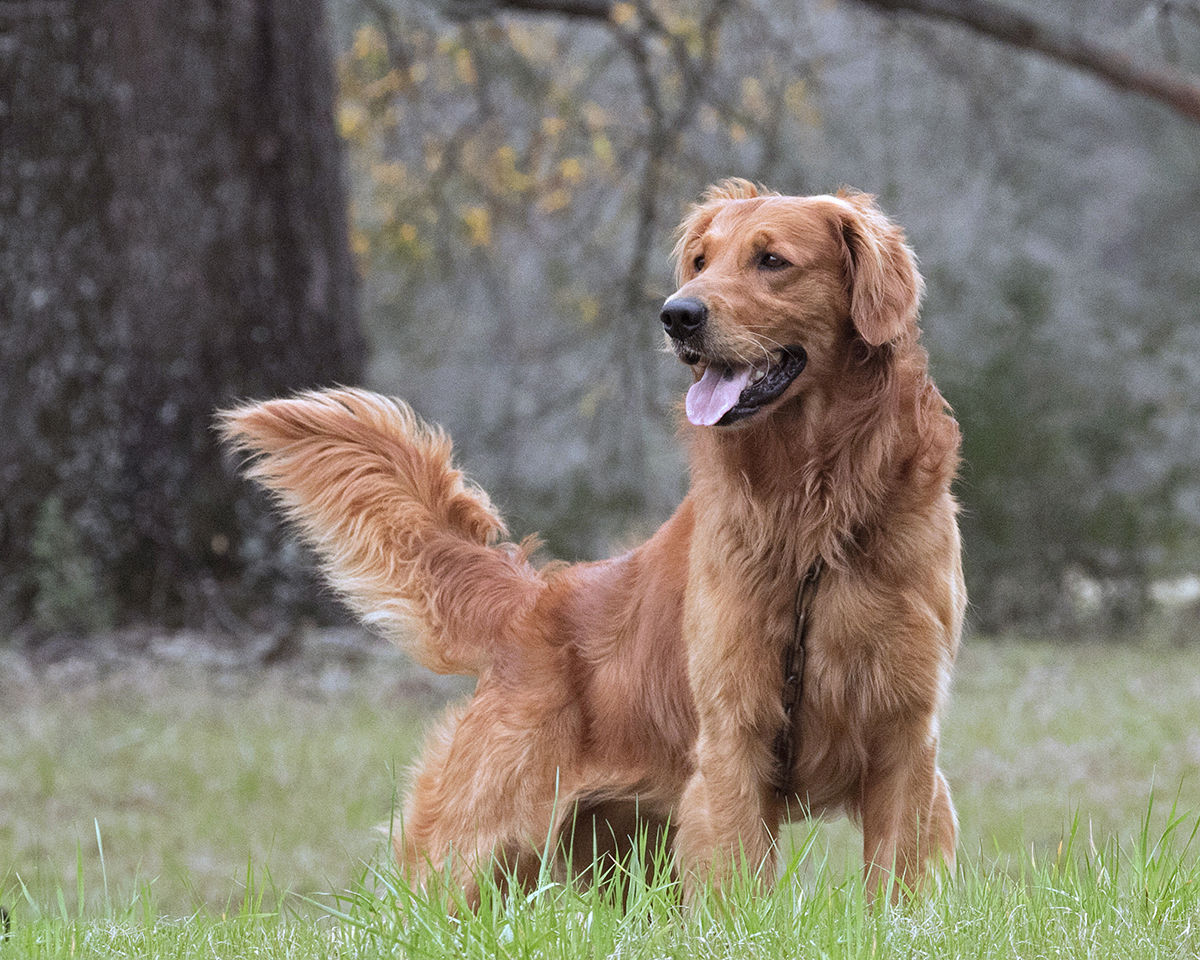The practice of neutering at an early age may increase a dog’s risk for developing a laundry list of serious health problems.
In terms of wisdom-per-page, a slim little paperback called Common Sense Grouse and Woodcock Dog Training by Roy W. Strickland as told to John L. Rogers, has few if any equals. Published in 1981, it’s the distillation of Strickland’s 60-year career as a professional trainer, a career that saw him earn the respect and admiration of virtually everyone he came in contact with. Horace Lytle, the longtime Field & Stream writer, was singing Strickland’s praises back in the 1930s.
The book brims with keen insights and sage advice. Here, for example, is what Strickland has to say on whether a male or a female is the better choice for the typical bird hunter: “If you want a sweet-natured gun dog that’s a joy in the house, around the yard, in the kennel, and in the field, you want a spayed female.”
Adds Strickland: “Don’t believe all that nonsense about spayed females getting excessively fat or losing their hunting desire. There’s no truth in any of this. Body weight and condition depend on proper feeding and exercise. The hunting instinct has nothing whatsoever to do with the sexual drive, or lack of it.”
The same applies to castrated males, Strickland notes, although he cautions that owners who castrate their dogs hoping to eliminate undesirable behaviors – aggression, excessive marking, and so on – will likely be disappointed if the behaviors have already become ingrained.
My own experience bears out Strickland’s observations: I’ve hunted over wonderful dogs of both genders who’ve been neutered. (“Neutered,” by the way, technically refers to either males or females whose sex organs have been removed. We tend to use it as male-specific, I think, because the term “castration” is so vividly graphic that it makes those of us with testicles so uncomfortable we find ourselves involuntarily crossing our legs whenever we see or hear it.)
Of course, there are a number of valid practical reasons for spaying females, all of which boil down to eliminating their heat cycles. Or, if you want to get clinical, their estrus cycles. No worries about sequestering them from males for two or three weeks; no worries about unwanted pregnancy; no worries about bloody discharge in the house; no worries about losing precious time in the field; no worries about dealing with unpredictably squirrelly behavior.
It’s also the case that spaying decreases the risk of mammary tumors – a leading mortality factor in females – with the rule of thumb being that the fewer heat cycles the dog undergoes before being spayed, the lower the chances that mammary tumors will develop later in life.
Ah, but there’s the rub. According to a mounting body of evidence, the practice of neutering at an early age may increase a dog’s risk for developing a laundry list of serious health problems. In particular, neutering prior to the attainment of sexual maturity has been linked to a higher incidence of hip dysplasia, canine cruciate ligament (CCL) injury, hypothyroidism, geriatric cognitive impairment, and certain cancers, including lymphoma, osteosarcoma, and hemangiosarcoma.
It’s strongly correlated to obesity, too, but that, again, is something that’s within our power as responsible owners to control.
An exhaustive review of the literature in 2007 by Laura Sanborn, a research associate at Rutgers University, suggests that early spay/neuter increases the risk for all the afflictions cited above, with spayed females also being at increased risk for in continence and certain urinary tract infections. She concluded that virtually no health benefit could be shown to derive from neutering most male dogs. (Behavioral benefits were not addressed.)
 Noting that the issues surrounding females are more complex, given that spaying demonstrably lessens the risk of mammary tumors and also pyometra, a serious (and sometimes fatal) uterine infection, Sanborn cautions, “On balance, whether spaying improves the odds of overall good health or degrades them probably depends on the age of the female dog and the relative risk of various diseases in the different breeds.”
Noting that the issues surrounding females are more complex, given that spaying demonstrably lessens the risk of mammary tumors and also pyometra, a serious (and sometimes fatal) uterine infection, Sanborn cautions, “On balance, whether spaying improves the odds of overall good health or degrades them probably depends on the age of the female dog and the relative risk of various diseases in the different breeds.”
Sanborn is less equivocal, however, about the practice of early spay/neuter in general. “The traditional spay/neuter age of six months,” she states, “as well as the modern practice of pediatric spay/neuter (performing spay/neuter procedures on puppies as young as six weeks of age) appear to predispose dogs to health risks that could otherwise be avoided by waiting until the dog is physically mature…”
This conclusion is corroborated by the results of a recent study conducted by Dr. Benjamin Hart of the University of California-Davis under the auspices of the AKC’s Canine Health Foundation. Hart and his team focused on one breed – the golden retriever – and compared the incidence of cancers and joint problems between three groups: early neuter (prior to one year of age), late neuter (after one year of age), and intact.
Not surprisingly, the study found that the neutered groups had an increased incidence of lymphoma, hemangiosarcoma (an especially insidious cancer that affects the lining of the blood vessels and is rarely diagnosed until it’s far advanced), mast cell tumors, CCL disease, and hip dysplasia. Among the most significant findings were that early neutered males have double the risk of hip dysplasia compared to late-neutered or intact males, and that while approximately five -to -seven percent of early neutered dogs will develop CCL disease , its occurrence is drastically reduced in both the intact and late-neutered groups.
Why? Well, the lay explanation is that when the production of estrogen or testosterone is shut off, certain skeletal plates that are still growing don’t receive the chemical messages that tell them to stop. They keep growing when they shouldn’t, in other words, and the result is a compromised joint.
Again, it should be remembered that the findings of Hart’s study are specific to the golden retriever, and that it remains to be determined whether or not they hold true “across the board.” Still, in the words of Dr. Shila Nordone, the Canine Health Foundation’s Chief Scientific Officer, “For years the veterinary community has been aware that early spay and neuter may impact orthopedic health in dogs. Through a very detailed analysis, Dr. Hart has been able to show that timing of spay and neuter does indeed have health implications.”
As the CHF’s own press release notes, Hart’s study “suggests that veterinarians should be more cautious about the age in which they spay and neuter in order to protect the overall health of dogs.”
That, to me, is the takeaway. Spaying a female you don’t intend to breed makes sense on a number of levels – but you shouldn’t be in a big hurry to do it. As far as neutering a male, though, unless his life (or maybe yours) is hanging in the balance, I’d let him swing away.
 In this book, nationally-recognized retriever trainers John and Amy Dahl (The 10-Minute Retriever) tackle advanced training methods and problem-solving using a dog’s innate strengths to compensate for its weakness. They discuss how dogs learn at an advanced level while encouraging readers to tailor their training so the dog keeps progressing. Training topics include: how advanced training applies to hunting and to competition; blind retrieves; achieving range and multiple blinds; handling; hazards and formidable obstacles; more disciplined lining; marking; and the use of e-collar in advanced field work. The authors also discuss good general practices and individuality in training, along with specific real-life dog training stories that help readers see how they deal with unique problems. Buy Now
In this book, nationally-recognized retriever trainers John and Amy Dahl (The 10-Minute Retriever) tackle advanced training methods and problem-solving using a dog’s innate strengths to compensate for its weakness. They discuss how dogs learn at an advanced level while encouraging readers to tailor their training so the dog keeps progressing. Training topics include: how advanced training applies to hunting and to competition; blind retrieves; achieving range and multiple blinds; handling; hazards and formidable obstacles; more disciplined lining; marking; and the use of e-collar in advanced field work. The authors also discuss good general practices and individuality in training, along with specific real-life dog training stories that help readers see how they deal with unique problems. Buy Now




